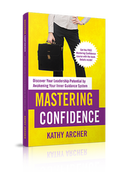Three Must Have Appointments for Nonprofit Leadership Success
As a nonprofit leader, I know you have a jam-packed schedule, overwhelming responsibilities and that pesky imposter syndrome that just won't quit. I get it. You're juggling too many balls, and sometimes it feels like you're barely keeping them in the air and worried that someone will find out you aren’t cut out for the job. As such, you are stuck in survival mode, and yet you crave growth; you just can’t seem to make it happen.
If you are like most nonprofit leaders, you want to get out of survival mode, enjoy your job more, feel that you have time to get to meaningful work, not just the crisis of the day, and, of course, enjoy the rest of your life. To do that, you must be a nonprofit leader who takes action. Ask yourself: What am I actively doing to move from survival mode or a place of tolerating the pace, workload and stress to that point where most days you feel like you are thriving? Too many nonprofit leaders are waiting to develop their leadership capacity!
I start with the phrase ACTIVELY DOING for a reason. Wishing, hoping and praying things will get better won't change them. Here’s the thing: most leaders are waiting to grow themselves.
You must stop waiting to be an effective, confident, and content leader. You must intentionally create the leadership and life experience you desire. You do that by scheduling what matters most. Because here’s the thing: wishing, hoping and praying things will get better won't change them. To be intentional about your personal and professional growth and development, you need to treat it like anything else important in your day — You need to schedule it! Specifically, what do you need to have actually scheduled as appointments in your day-timer, calendar or appointment book? These following 3 things. The 3 things you MUST have in your agenda
|
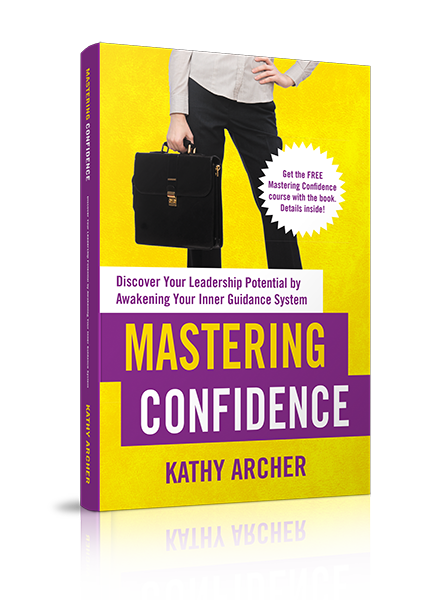
Available on Amazon
Archives
March 2024
|
|
Leadership TRAINING for Nonprofit Leaders
Become a confident and competent nonprofit Leader: Join The Training Library membership Executive and Leadership COACHING Leadership Coaching for Nonprofit Executives, Leaders and ManagerCoaching |
PODCAST for Nonprofit Leaders
The Surviving to Thriving podcast: Strategies, systems and support to lead your nonprofit with confidence FREE RESOURCES to Grow your Leadership Skills Free Leadership Training Resources, Worksheets and Templates |
Become a CONFIDENT LEADER
|


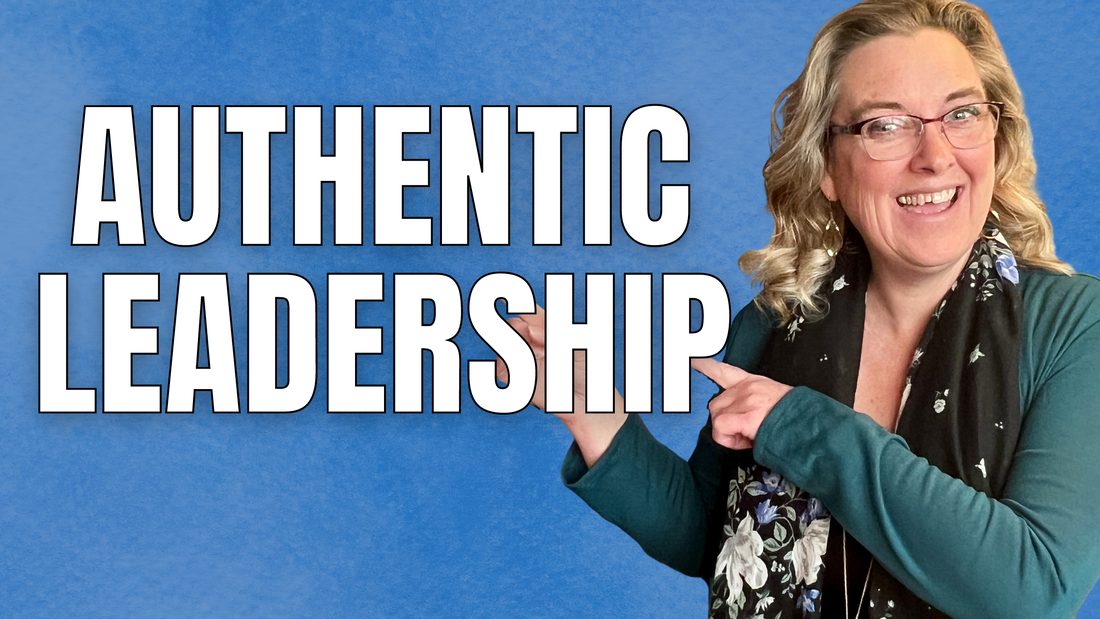


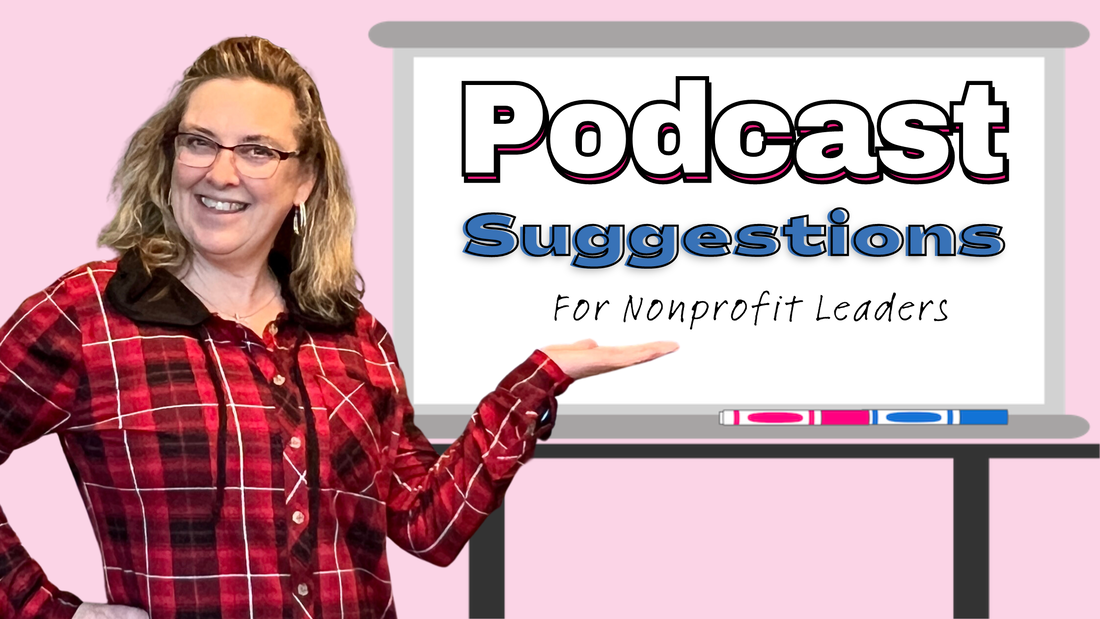
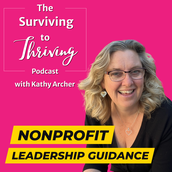

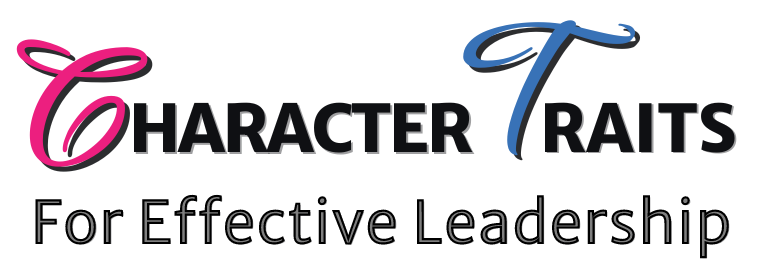

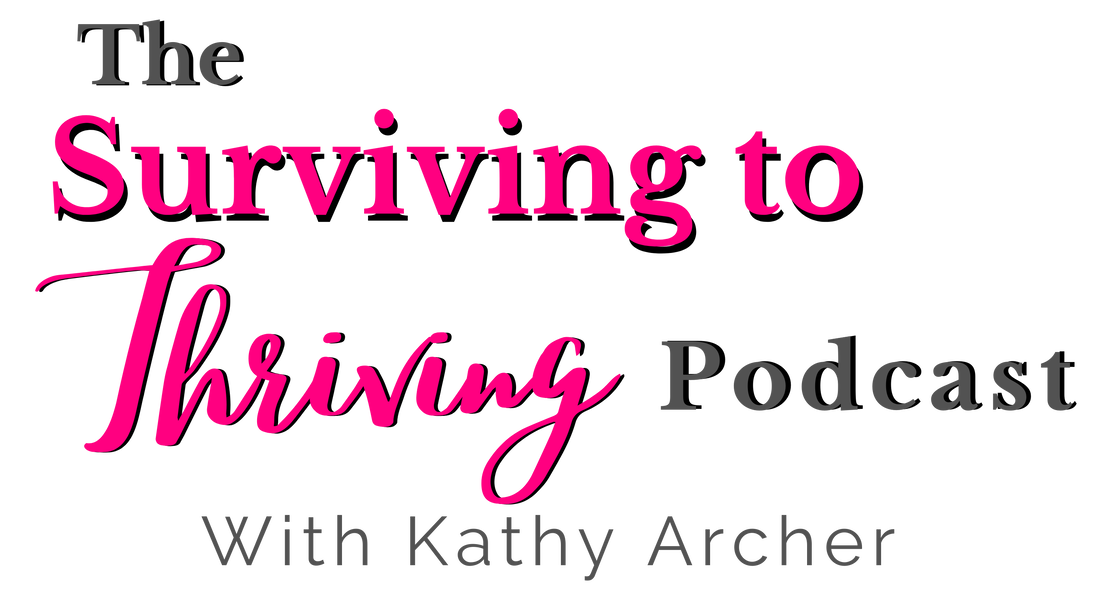
 RSS Feed
RSS Feed
